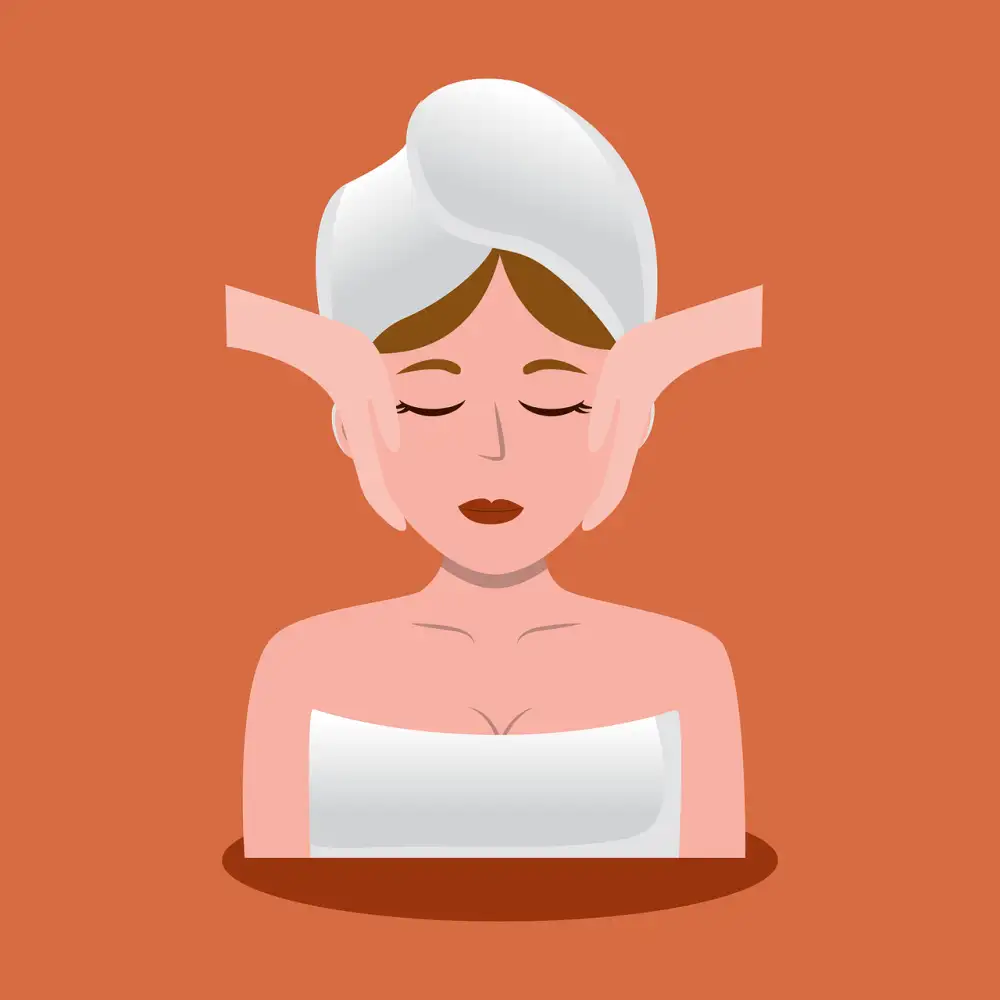Top Face Cleansers for Hormonal Acne: Clear Skin Solutions Revealed!

- Importance of Using the Right Face Cleanser
- Key Ingredients to Look for in Face Cleansers for Hormonal Acne
- Top Recommendations for Face Cleansers:
- 1. Salicylic Acid Cleansers
- 2. Benzoyl Peroxide Cleansers
- 3. Tea Tree Oil Cleansers
- 4. Sulfur-based Cleansers
- Tips for Choosing the Best Face Cleanser for Hormonal Acne
**Introduction to Hormonal Acne**
Hormonal acne is a common skin condition that affects individuals of all ages, but it is most prevalent in teenagers and women. It occurs when hormonal fluctuations stimulate the sebaceous glands to produce excess oil, leading to clogged pores and breakouts. Hormonal acne typically manifests as deep, painful cysts along the jawline, chin, and cheeks. Factors such as puberty, menstrual cycles, pregnancy, and menopause can trigger hormonal acne. Managing hormonal acne requires a targeted skincare approach, including the use of suitable face cleansers to help control oil production and prevent breakouts.
Importance of Using the Right Face Cleanser
**Importance of Using the Right Face Cleanser**
Hormonal acne, often triggered by fluctuations in hormone levels during puberty, menstruation, pregnancy, or menopause, can be challenging to manage. Using the right face cleanser is crucial in combating hormonal acne effectively. A suitable cleanser helps remove excess oil, dirt, and impurities from the skin's surface, preventing clogged pores and breakouts. It also aids in balancing the skin's pH levels and promoting a healthy skin barrier function. Choosing a face cleanser specifically formulated for acne-prone or oily skin can make a significant difference in managing hormonal acne outbreaks.
Key Ingredients to Look for in Face Cleansers for Hormonal Acne
1. Salicylic Acid: Known for its ability to penetrate oil-filled pores and exfoliate dead skin cells, salicylic acid helps unclog pores and reduce inflammation associated with hormonal acne.
2. Benzoyl Peroxide: A powerful antibacterial agent, benzoyl peroxide targets the bacteria that contribute to acne breakouts, making it effective in treating hormonal acne.
3. Tea Tree Oil: With natural antibacterial and anti-inflammatory properties, tea tree oil can help reduce redness and swelling associated with hormonal acne while also calming the skin.
4. Sulfur: Sulfur-based cleansers work by reducing excess oil production and preventing pore blockages, making them a suitable option for controlling hormonal acne without over-drying the skin.
Top Recommendations for Face Cleansers:
4. Top Recommendations for Face Cleansers:
When it comes to combating hormonal acne, choosing the right face cleanser is crucial. Here are some top recommendations that have been proven effective:
4.1. Salicylic Acid Cleansers: Salicylic acid helps to unclog pores and reduce inflammation, making it a popular choice for treating acne-prone skin.
4.2. Benzoyl Peroxide Cleansers: Benzoyl peroxide works by killing acne-causing bacteria on the skin's surface and reducing excess oil production.
4.3. Tea Tree Oil Cleansers: Known for its antibacterial properties, tea tree oil can help reduce acne lesions and calm redness and inflammation.
4.4. Sulfur-based Cleansers: Sulfur is effective in reducing oiliness and preventing pore blockages, making it a great option for those with oily or combination skin prone to breakouts.
By incorporating these recommended face cleansers into your skincare routine, you can effectively target hormonal acne and achieve clearer, healthier skin.
1. Salicylic Acid Cleansers
Salicylic acid cleansers are a popular choice for treating hormonal acne due to their ability to penetrate deep into the pores and exfoliate dead skin cells. This helps to unclog pores, reduce inflammation, and prevent new breakouts. Salicylic acid is a beta hydroxy acid (BHA) known for its anti-inflammatory and antibacterial properties, making it effective in targeting acne-causing bacteria. It also helps to regulate oil production, making it suitable for oily and combination skin types. When choosing a salicylic acid cleanser, opt for a product with a concentration of 2% for best results without causing irritation.
2. Benzoyl Peroxide Cleansers
Benzoyl peroxide is a potent ingredient known for its effectiveness in treating acne, especially hormonal acne. It works by reducing the amount of acne-causing bacteria on the skin and helping to unclog pores. When choosing a benzoyl peroxide cleanser, opt for a formulation with a concentration between 2.5% to 10%, as higher concentrations may lead to skin irritation. It's important to start with lower concentrations and gradually increase as needed. Benzoyl peroxide can be drying, so it's essential to follow up with a moisturizer to maintain skin hydration. Regular use of benzoyl peroxide cleansers can help reduce inflammation and prevent future breakouts, making them an excellent choice for those struggling with hormonal acne.
3. Tea Tree Oil Cleansers
Tea tree oil is a natural ingredient known for its antibacterial and anti-inflammatory properties, making it an excellent choice for treating hormonal acne. When looking for a face cleanser with tea tree oil, ensure that it contains a sufficient concentration of the oil to be effective. Tea tree oil helps reduce inflammation and redness associated with acne while also targeting the bacteria that can exacerbate breakouts. It is gentle on the skin and can help balance oil production, making it suitable for those with oily or combination skin types.
4. Sulfur-based Cleansers
4.4. Sulfur-based Cleansers
Sulfur-based cleansers are known for their ability to absorb excess oil, unclog pores, and reduce inflammation, making them a great option for treating hormonal acne. Sulfur has antibacterial properties that help target acne-causing bacteria on the skin's surface. It also helps to exfoliate dead skin cells, promoting a clearer complexion.
One popular sulfur-based cleanser is the Murad Acne Control Clarifying Cleanser, which contains 1.5% salicylic acid and green tea extract in addition to sulfur. This combination helps to not only treat existing breakouts but also prevent new ones from forming. When using sulfur-based cleansers, it's important to start with a patch test to ensure your skin tolerates the product well before incorporating it into your skincare routine.
Tips for Choosing the Best Face Cleanser for Hormonal Acne
1. Consider your skin type: Choose a face cleanser that is suitable for your skin type, whether it's oily, dry, combination, or sensitive.
2. Look for non-comedogenic products: Opt for face cleansers labeled as non-comedogenic to prevent clogged pores and breakouts.
3. Avoid harsh ingredients: Stay away from face cleansers with harsh chemicals like alcohol or fragrances that can irritate the skin and exacerbate acne.
4. Patch test new products: Before fully incorporating a new face cleanser into your skincare routine, do a patch test on a small area of skin to check for any adverse reactions.
5. Consult a dermatologist: If you're unsure about which face cleanser to choose for hormonal acne, seek advice from a dermatologist who can recommend the best option based on your specific needs and skin condition.
By following these tips, you can make an informed decision when selecting a face cleanser tailored to effectively manage hormonal acne and promote clearer, healthier skin.
In conclusion, finding the right face cleanser for hormonal acne is crucial for achieving clear and healthy skin. Each individual's skin may react differently to various ingredients, so it's essential to choose a product that suits your specific needs. Whether opting for salicylic acid, benzoyl peroxide, tea tree oil, or sulfur-based cleansers, consistency in skincare routine is key. Remember to consult with a dermatologist if you have persistent acne concerns. By incorporating the right face cleanser and following a proper skincare regimen, you can effectively manage hormonal acne and reveal a clearer complexion.
Published: 25. 04. 2024
Category: Health



